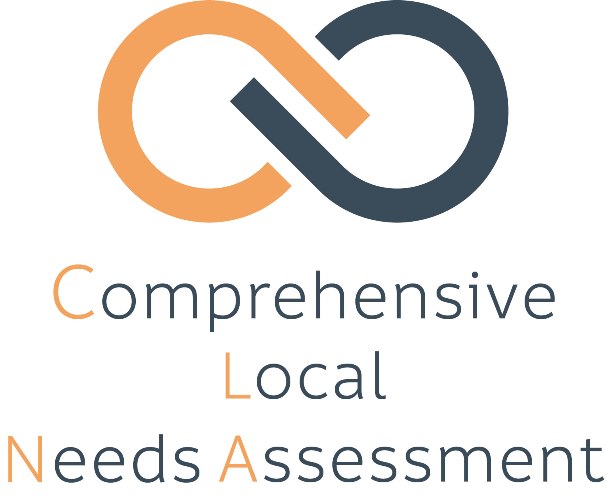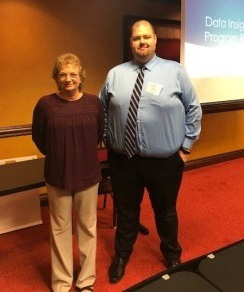Summary
The Perkins V comprehensive local-needs assessment (CLNA) moves beyond checklist types of assessment processes and instead aims to facilitate a data-informed, continuous improvement process for community colleges to biannually assess the extent to which their career and technical education (CTE) programs and programs of study are aligned with local workforce and economic needs. Using an equity lens, the CLNA requires disaggregation of data to highlight, analyze, and work toward closing equity gaps for underserved populations. The CLNA process also crosswalks Perkins V and the Workforce Innovation and Opportunity Act (WIOA) requirements for standards and examination of equity and access for specific student subpopulations (Perkins V). Community colleges are required under Perkins V to engage a diverse body of stakeholders in the CLNA process. The summation of findings from the Comprehensive Local Needs Assessment process are to inform school districts’ and community colleges’ development of their Perkins V local application for funding.
Purpose
To achieve equity high schools and community colleges must be reflective, introspective, and willing to acknowledge how institutional norms, structures, and practices may create barriers for historically underrepresented and marginalized student populations. Once problems are identified, high school and community college leaders must take system-oriented action to dismantle these barriers to student access and opportunity while providing varying educational resources and opportunities to rectify any inequities. Thus, the CLNA process offers you and your stakeholders an opportunity to examine the success of your CTE programs through an equity lens.
The equity-centered comprehensive local needs assessment developed by OCCRL consist of the following six sections of guiding questions that require the analysis of data, not just the reporting of data:
- Progress toward implementing CTE programs of study
- Student performance data
- Recruitment, retention, and training of CTE faculty and staff
- Labor market alignment
- Size, scope, and quality as defined by the Illinois state plan for Perkins V
- Progress toward improving access and equity
Resources
Through our experiences providing professional development and coaching for high schools and community colleges engaged in Pathways to Results (PTR), program review, and our other ongoing public engagement activities we at OCCRL have developed a number of open-access tools in the form of research briefs, reports, peer-reviewed research journal articles, blogs, videos, webinars, and podcasts specific to equity and racial equity that would be useful to institutions engaging in the CLNA process. Hence, we developed a comprehensive resource webpage that links both high schools and community colleges to OCCRL and other related equity and racial equity-centered resources that coincide with each required component of the CLNA.




